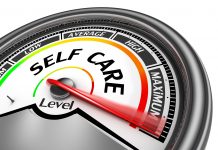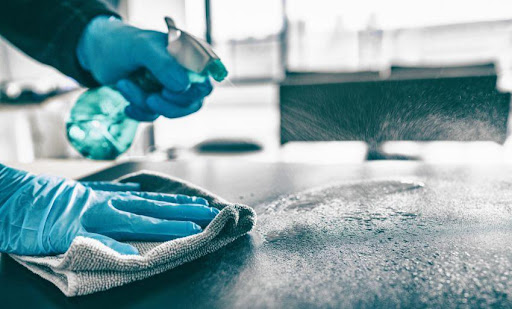Even though we often use some of these terms interchangeably, there are distinct differences between sanitizing, disinfecting, and sterilizing we must know.
When we clean the home, we often use terms like “disinfect” and “sanitize” indiscriminately, even though they are two entirely different things. Learning the difference between sanitizing, disinfecting, and sterilizing allows you to choose the right supplies to maintain a safe home environment.
What To Expect When Sanitizing
The most fundamental practice for cleaning items and surfaces is sanitizing. You should sanitize items you regularly use, considering that harsh chemicals for the other two methods could have negative consequences. Things like kitchen utensils and your grandchildren’s toys are perfect for sanitizing because they wipe away most of the lingering germs without dousing them with potent chemicals.
Knowing what qualifies as a sanitizer helps you narrow down the products you should be eyeing. Based on the EPA, a sanitizing product eliminates 99.9% of the germs on a surface. Therefore, sanitizing is the way to go when you want something simple that removes a vast majority of germs. We can delve deeper if you want to cover that last .01%.
When Is Disinfection Best?
While you may sanitize things daily with wipes or sprays, disinfecting isn’t a regular part of your cleaning regimen. Disinfection is prevalent in the medical community since it’s intended for major messes and bodily fluids, but hopefully, that’s a rare occurrence at your home.
The areas you should disinfect in your home include surfaces where contamination is highly probable because of all the things that could affect them. Sinks and toilets need thorough disinfection, as do high-touch things like doorknobs and remote controls. If you require a CPAP machine to sleep, you will also want to know the best ways to disinfect the CPAP mask and machine based on the recommended schedule. It’s critical to disinfect sparingly because the chemicals involved are much stronger than in sterilizers. Disinfectants kill 99.999% of germs, leaving a small margin of error.
The Unlikelihood of Sterilization
Ideally, sterilization is something you do once every blue moon. The normal individual won’t need to sterilize themself at home since it’s a whole other animal. Sterilization, as defined by the CDC, is the process of eradicating all microbial life.
Physical or chemical processes, such as dry heat, hydrogen peroxide gas, and EtO gas, are often done in medical facilities to ensure everyone’s safety. The primary distinction is that sterilization involves killing all germs, while disinfection involves getting rid of any potentially hazardous ones.
Understanding the differences between sanitizing, disinfecting, and sterilizing helps you distinguish the three cleaning procedures instead of using interchangeable terms to describe the same thing. If you are uncertain about what you should use or what process is best, consult your doctor for the best solution.





























